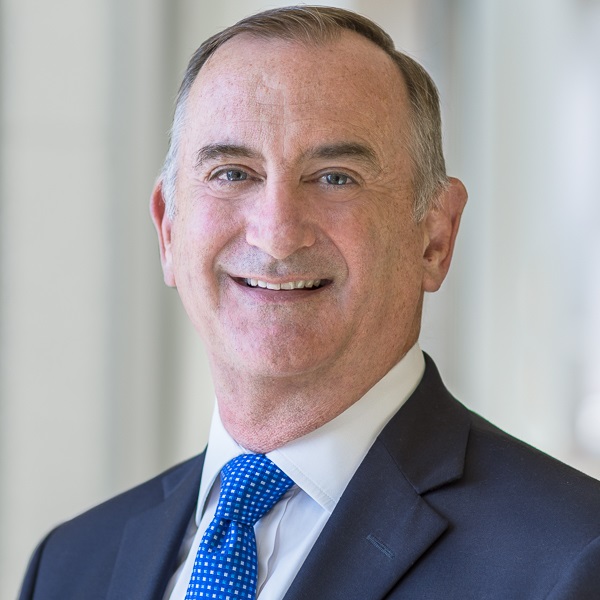Historically speaking, mid-cycle periods have provided a favourable backdrop for US equities, generating returns averaging 14% a year. That is based on Capital Group analysis of economic cycles and returns dating back to 1973.
As always, it is important to acknowledge that past results are not predictive of results in future periods. “But if the US economy continues to grow at a healthy rate,” Franz says, “that could provide a healthy tailwind for markets."
Franz’s estimate for US economic growth is more optimistic than the IMF forecast. He expects the US economy to grow at an annualised rate of 2.5% to 3% in 2025, potentially higher if Trump is able to quickly cut taxes and slash government regulations, as he promised during his presidential campaign. Trump’s election, combined with a Republican sweep of the House and Senate, will likely translate into generally higher economic growth, Franz notes, but also higher inflation and higher interest rates than previously expected.
Outlook is mixed outside the US
In markets outside the United States, there is more divergence. Some bright spots, including India, are expected to lead the world, generating some of the fastest growth rates. India’s economy should enjoy 6.5% growth in 2025, according to IMF estimates, driven by a young and growing workforce. India also is benefiting from a post-pandemic shift in global supply chains, adding to its manufacturing base in mobile phones, home appliances and pharmaceuticals, among other products.
Europe’s economy continues to ride the edge between expansion and contraction, with expected growth around 1%, weighed down by the war in Ukraine, high energy prices and close ties to China’s sluggish economy. In response, the European Central Bank (ECB) started cutting interest rates this year ahead of the US Federal Reserve (Fed), hoping to kickstart the eurozone economy.
In China, meanwhile, the government has launched a massive stimulus program designed to reverse chronic weakness in the country’s real estate market and slowing industrial production. China’s growth-oriented policies include interest rate cuts, mortgage rate reductions, and a recently announced $1.4 trillion aid package to help local governments deal with growing debt burdens. Looking ahead, a cloud hangs over China’s role in international trade as the incoming Trump administration has vowed to raise tariffs on Chinese imports.
Where to invest in a rate-cutting cycle
Adding fuel to economic growth expectations, the world’s major central banks — the Fed, the ECB, the Bank of England and The People’s Bank of China — have all committed to monetary easing in the closing months of 2024.
The Fed, often considered the central bank to the world, has cut rates twice since September, setting the stage for what could be a favorable environment for financial markets in 2025. Rate cuts when the economy is growing have been a boon for investors in both stocks and bonds.
Of the Fed’s seven easing cycles since 1984, three occurred outside a recession. During those non-recessionary cycles, the S&P 500 Index averaged a 27.9% return from the first cut to the last, with most sectors posting double-digit gains.










